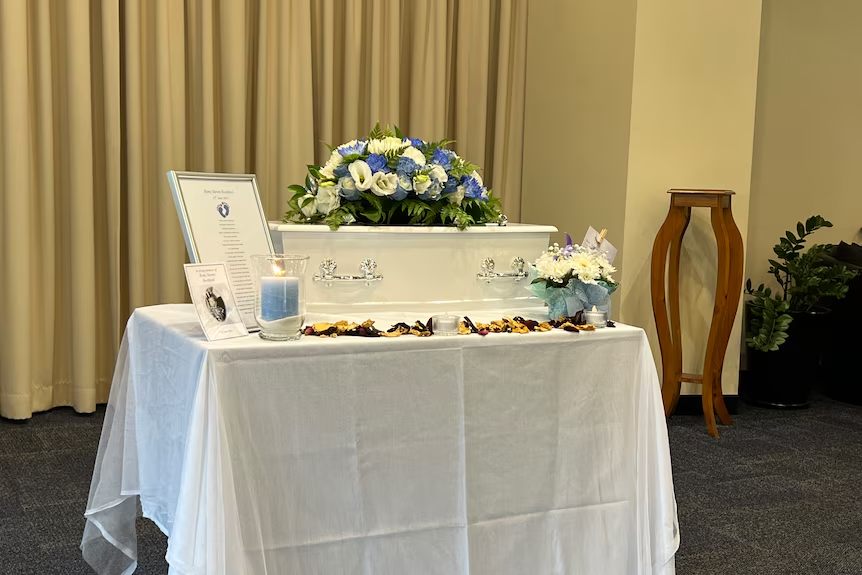The recent incidents at Redcliffe Hospital have cast a shadow over the healthcare system in Queensland, Australia. The tragic deaths of newborns have sparked widespread concern and outrage, leading to an investigation into the hospital’s maternity care practices. This report delves into the details of the “Redcliffe Hospital baby deaths,” examining the events, the hospital’s response, and the broader implications for parents and the healthcare system.
The Incidents
Over a 15-month period, Redcliffe Hospital witnessed the deaths of three babies and several other cases of severe complications. One of the most heart-wrenching cases involved Meg and James Flaskett, whose baby Thea died shortly after birth due to an empty oxygen tank during resuscitation. Another case involved Remy Steven Rochford, who was stillborn after his mother received substandard care. These incidents have highlighted significant flaws in the hospital’s maternity care, including delayed responses, inadequate equipment, and failure to follow clinical guidelines.
Hospital’s Response and Investigation
Following these tragic events, Redcliffe Hospital has come under intense scrutiny. An investigation revealed that the hospital had received multiple risk reports and warnings about flawed care but had downgraded some of them. The hospital’s management has been criticised for not addressing these issues promptly, leading to preventable deaths and injuries. The Queensland Health Minister has met with the grieving parents to discuss their concerns and promised a thorough investigation to ensure accountability and prevent future tragedies.
Government’s Response and Action Plans
In response to the “Redcliffe Hospital baby deaths,” the Queensland Government has announced several measures to prevent such tragedies in the future. These include a comprehensive review of maternity care practices across the state, increased funding for hospital equipment and staff training, and the establishment of an independent oversight body to monitor hospital compliance with safety standardshttps://metronorth.health.qld.gov.au/extranet/wp-content/uploads/sites/10/2020/04/redcliffe-covid-response-plan.pdf. Additionally, the government has committed to implementing more rigorous reporting and auditing processes to ensure that any risks are promptly identified and addressedhttps://metronorth.health.qld.gov.au/about-us/publications/health-service-strategy-planning. These actions aim to restore public confidence in the healthcare system and ensure the safety of mothers and babies.
Parents’ Apprehensions
The “Redcliffe Hospital baby deaths” have understandably caused widespread apprehension among parents. Many are now questioning the safety and reliability of maternity care at public hospitals. The incidents have also raised concerns about the training and preparedness of healthcare staff to handle emergencies. Parents are demanded better communication, more rigorous safety protocols, and accountability from healthcare providers to restore their trust in the system.
Broader Implications
The implications of these incidents extend beyond Redcliffe Hospital. They have sparked a broader debate about the quality of maternity care in Australia. Experts are calling for a review of the “midwife-centric” healthcare model, arguing that it may be putting mothers and babies at risk. There is also a push for more stringent oversight and regular audits of hospital practices to ensure compliance with clinical guidelines.
The “Redcliffe Hospital baby deaths” have been a wake-up call for the healthcare system in Queensland. The tragic loss of innocent lives has underscored the need for immediate and comprehensive reforms in maternity care. It is crucial for healthcare providers to learn from these incidents, implement necessary changes, and restore the trust of parents. Only through accountability, transparency, and a commitment to excellence can we ensure that such tragedies do not occur again.












Got a Questions?
Find us on Socials or Contact us and we’ll get back to you as soon as possible.